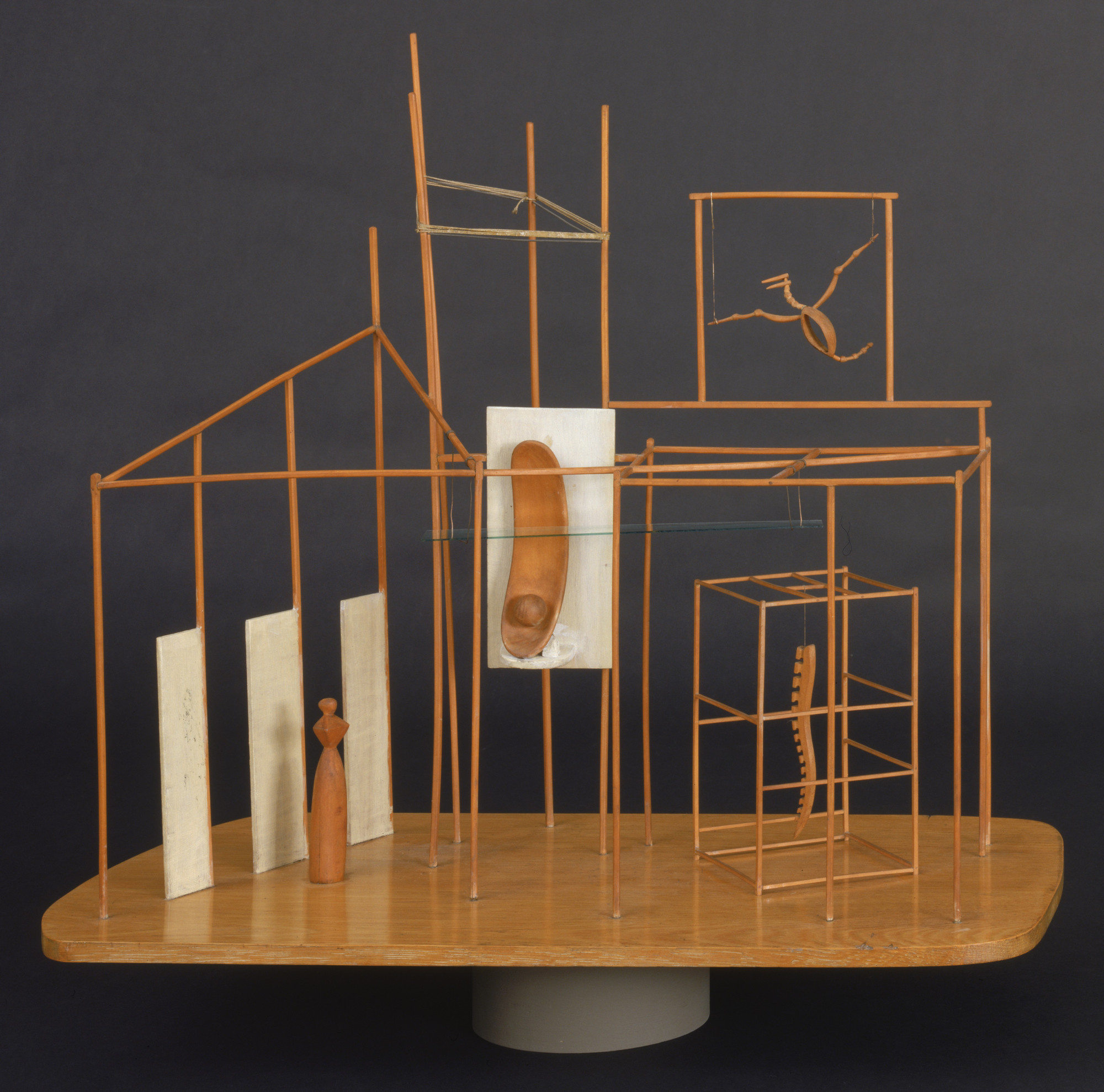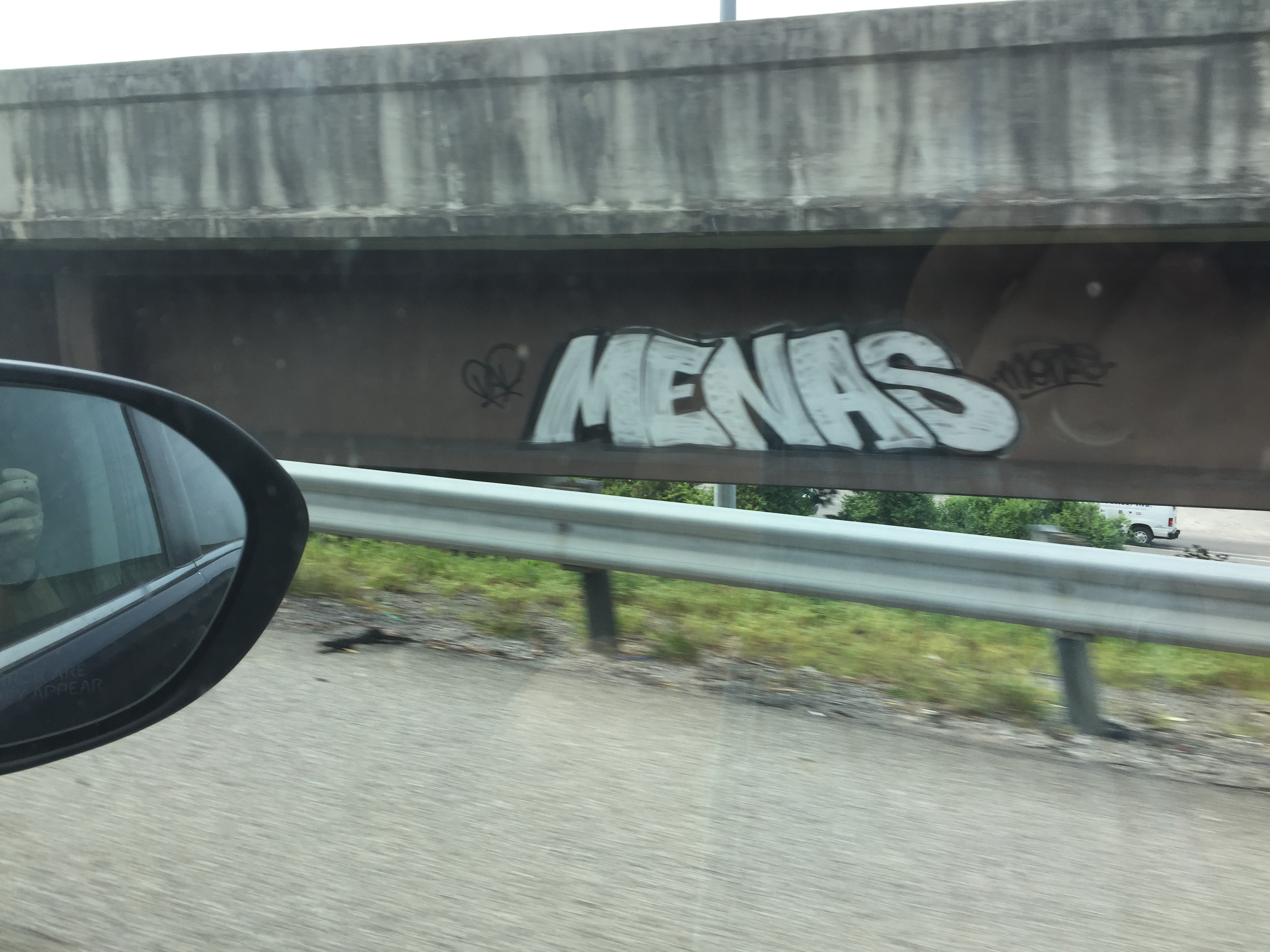Someone Just Walked Over My Grave.
Hands vermillion, start of five
Bright cotillion, raven’s dive,
Nightshades promise, spirit’s strive,
To the living let now the dead…
come alive.
Monsters are real, and ghosts are real too. They live inside us, and sometimes, they win.
― Stephen King
I guess he’s going to Queens – he’s going to be the third scariest thing on that train.
-Patty Tolan, Ghostbusters
You said I killed you–haunt me then. The murdered do haunt their murderers. I believe–I know that ghosts have wandered the earth. Be with me always–take any form–drive me mad. Only do not leave me in this abyss, where I cannot find you!
–Emily Brontë, Wuthering Heights
People populate the darkness; with ghosts, with gods, with electrons, with tales. People imagine, and people believe; and it is that rock solid belief, that makes things happen.
― Neil Gaiman, American Gods
Sir, what you had there was what we referred to as a focused, non-terminal repeating phantasm, or a Class-5 full-roaming vapor. Real nasty one, too.
-Ray Stantz, Ghostbusters
On Pembroke Road look out for my ghost,
Dishevelled with shoes untied,
Playing through the railings with little children
Whose children have long since died.
-Patrick Kavanaugh, If Ever You Go To Dublin Town
Finally, in answer to the question, “Who are you and what do you want?” the reply came, “I am a spirit; I was once very happy but have been disturbed.”
—Authenticated History Of The Bell Witch And Other Stories Of The World’s Greatest Unexplained Phenomenon by M.V. Ingram
If, after I depart this vale, you ever remember me and have thought to please my ghost, forgive some sinner and wink your eye at some homely girl.
― H. L. Mencken
Too often, people make the mistake of trying to use their art to capture a ghost, but only end up spreading their haunting to countless other people.
― Caitlín R. Kiernan, The Drowning Girl
Damned spirits all
That in crossways and floods have burial,
Already to their wormy beds are gone.
For fear lest day should look their shames upon,
They willfully themselves exile from light,
And must for aye consort with black-browed night.
–Shakespeare, A Midsummer Night’s Dream, Act 3, Scene 2
In The Amityville Horror the ghost told them to get out of the house. White people stayed in there. Now that’s a hint and a half for your ass. A ghost say get the fuck out, I would just tip the fuck out the door! Lou Walker looked in the toilet bowl, there was blood in the toilet. And said, “That’s peculiar.” I would’ve been in the house saying: “Oh baby, this is beautiful. We got a chandelier hanging up here, kids outside playing. It’s a beautiful neighborhood. We ain’t got nuttin’ to worry about, I really love it, this is really nice.”
[loud whisper] “GET OUT”
“Too bad we can’t stay, baby!”



















/cdn.vox-cdn.com/uploads/chorus_image/image/65013088/the_tv_man.0.jpg)



